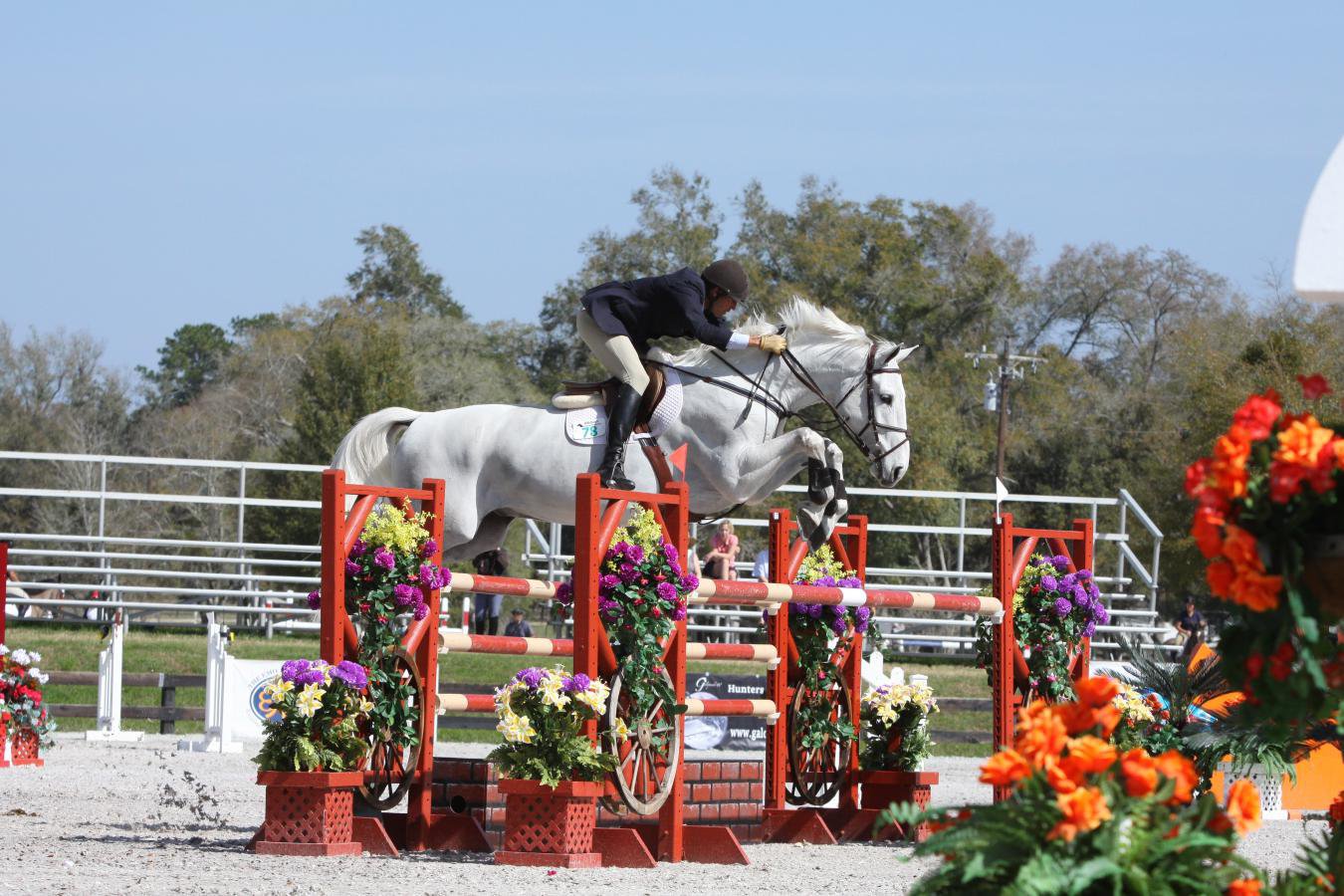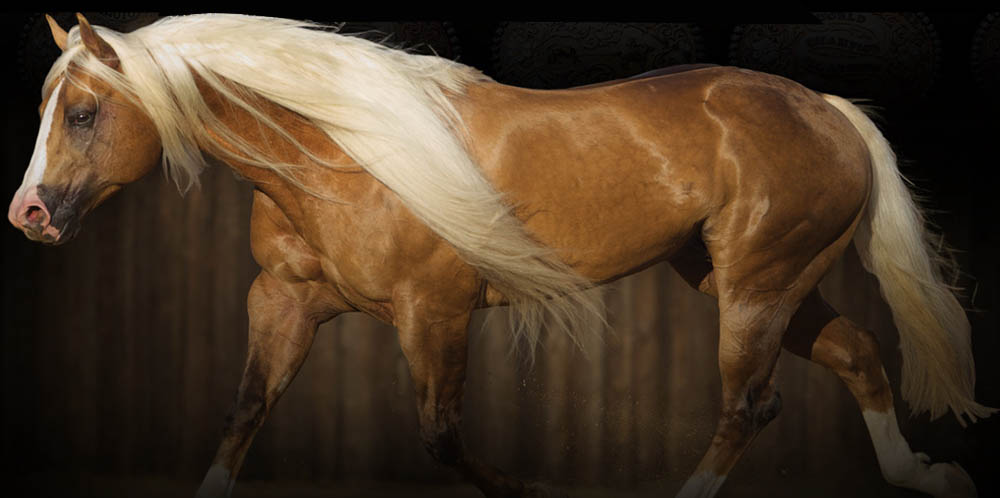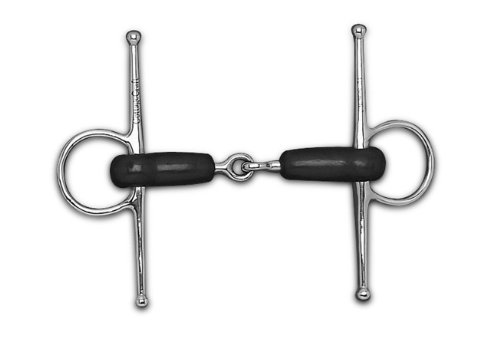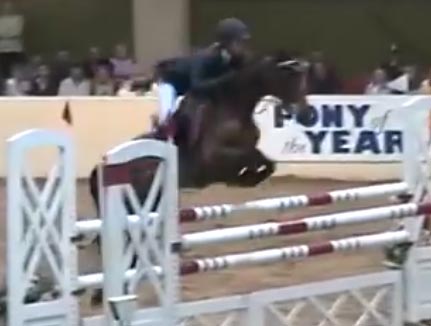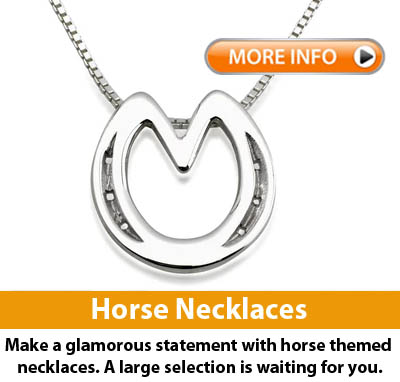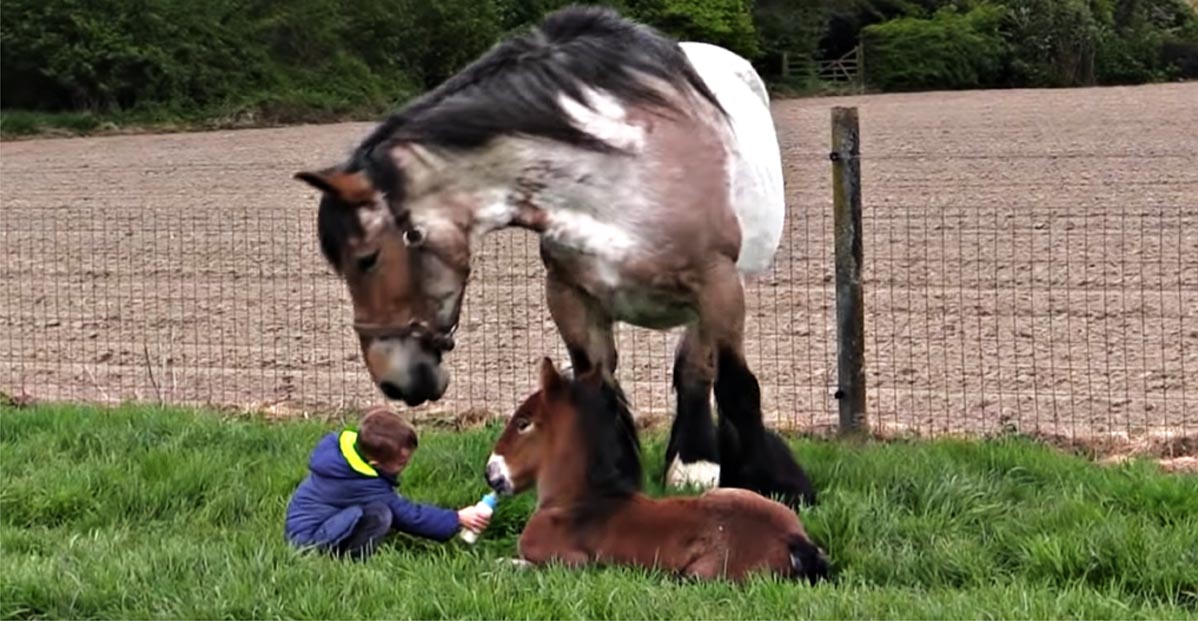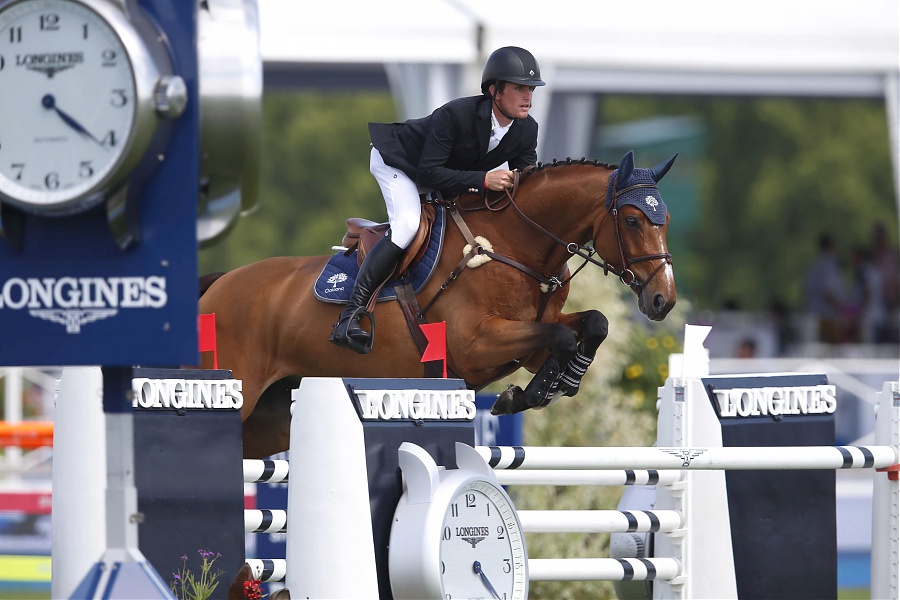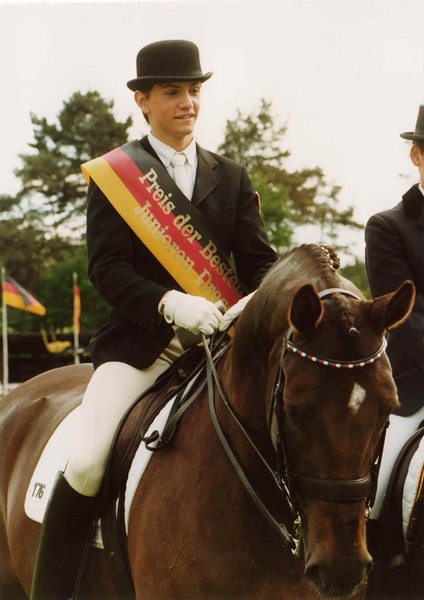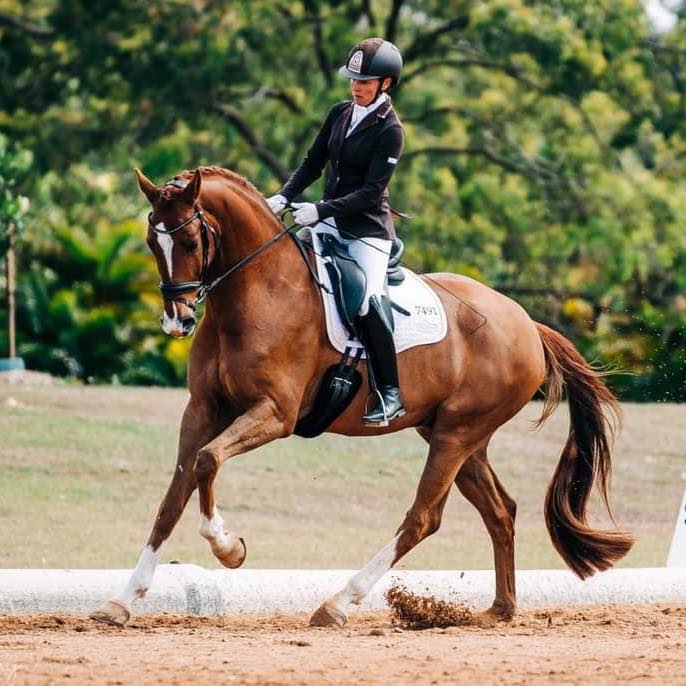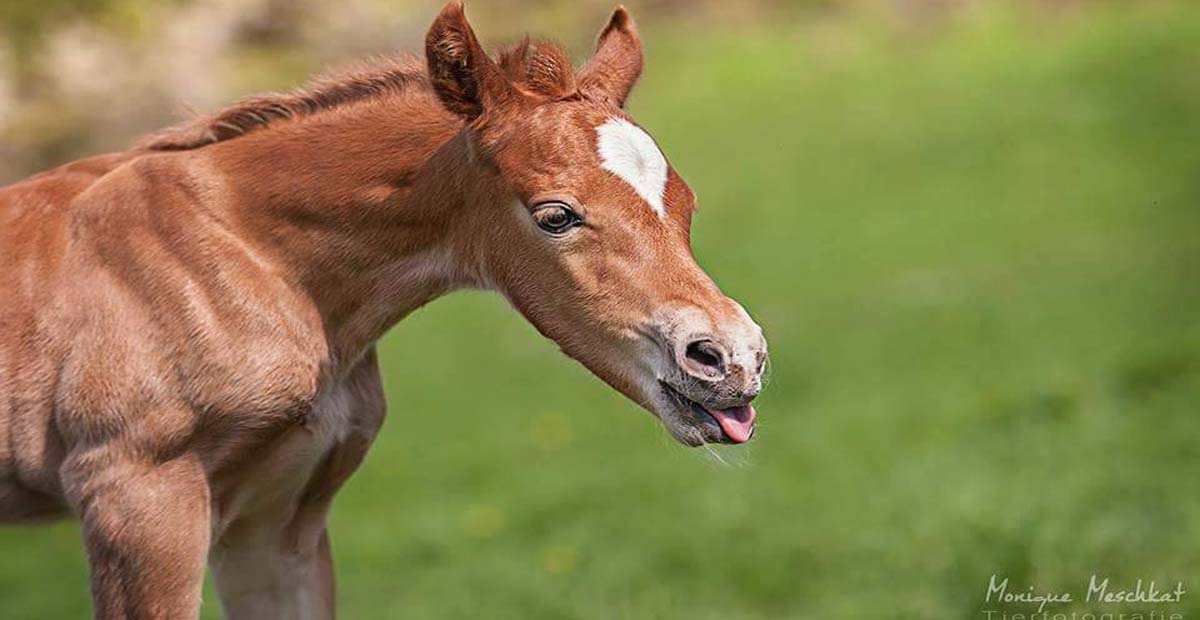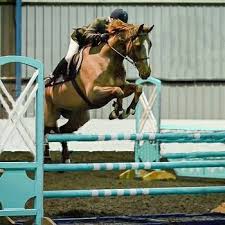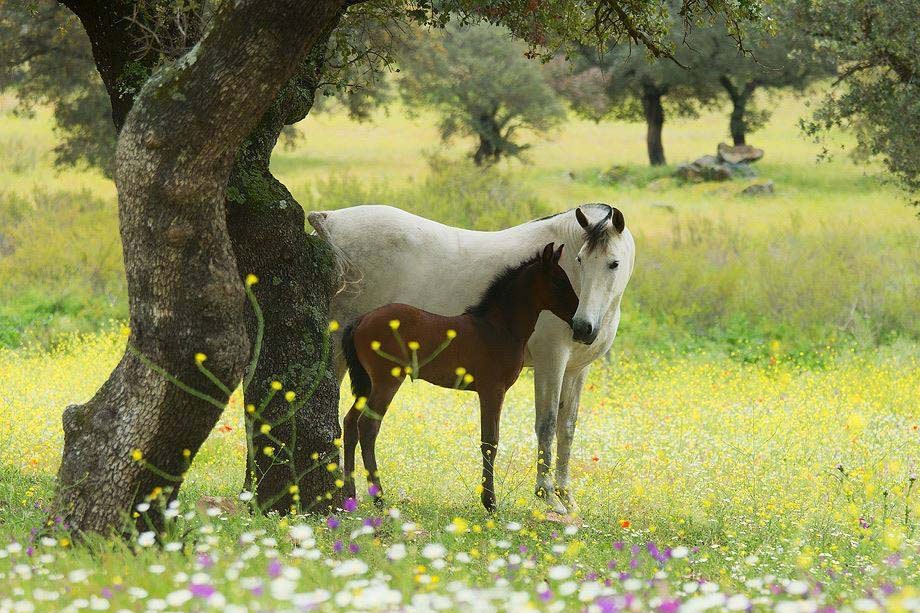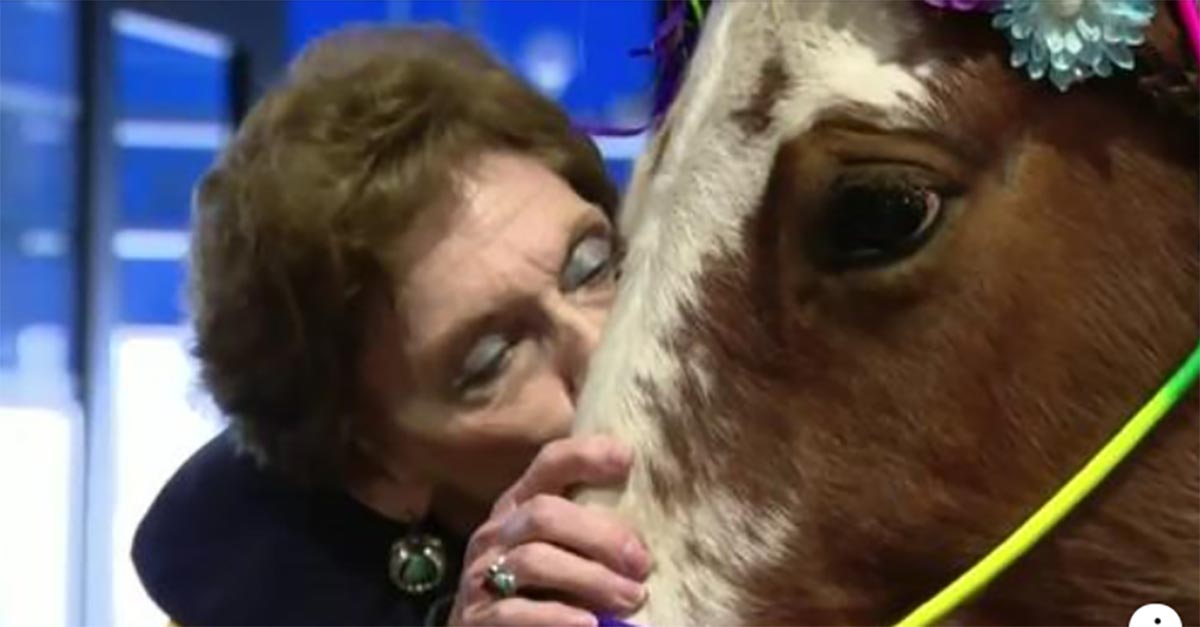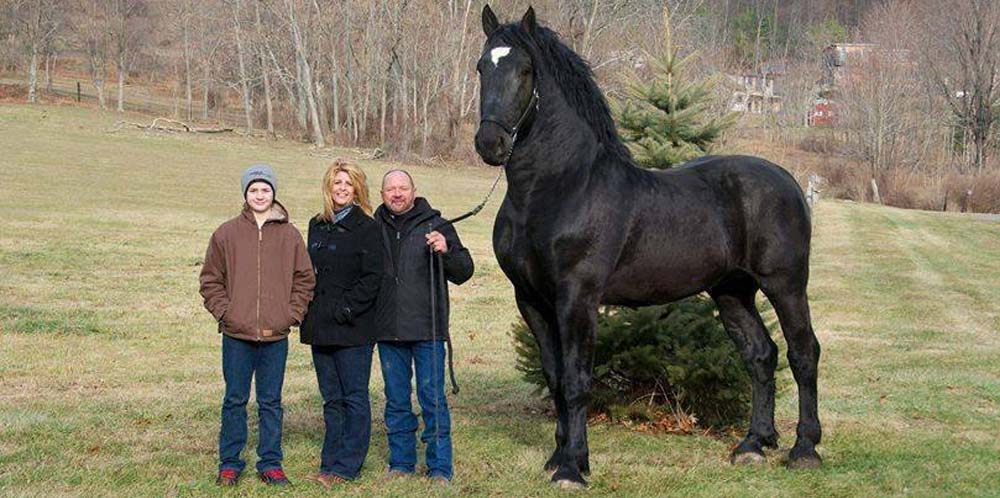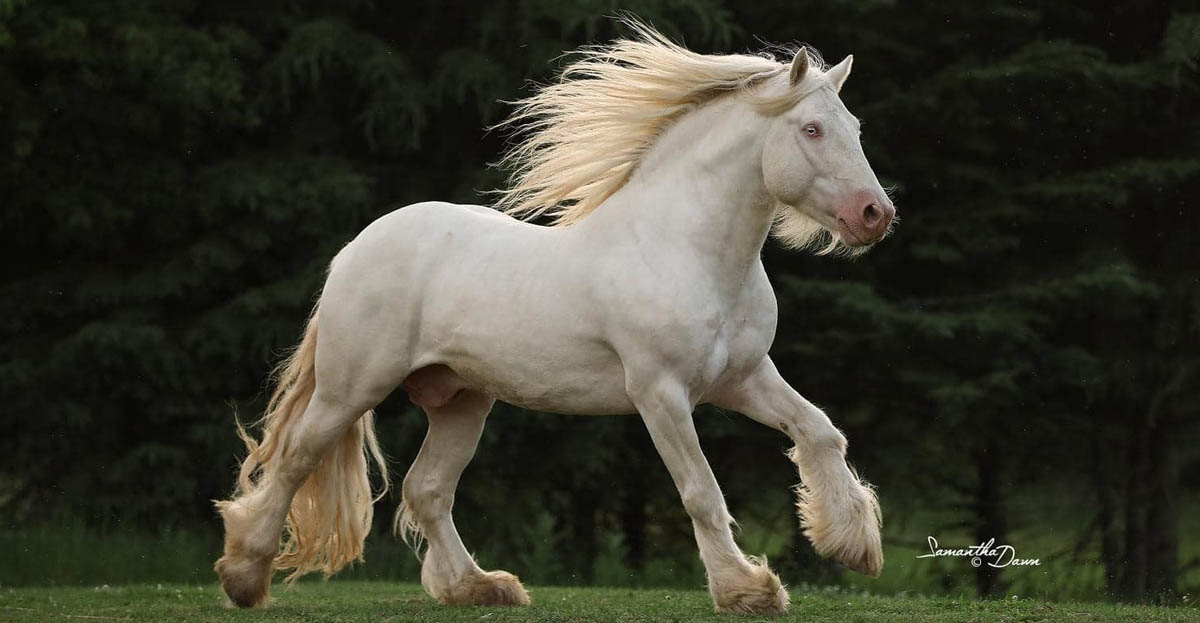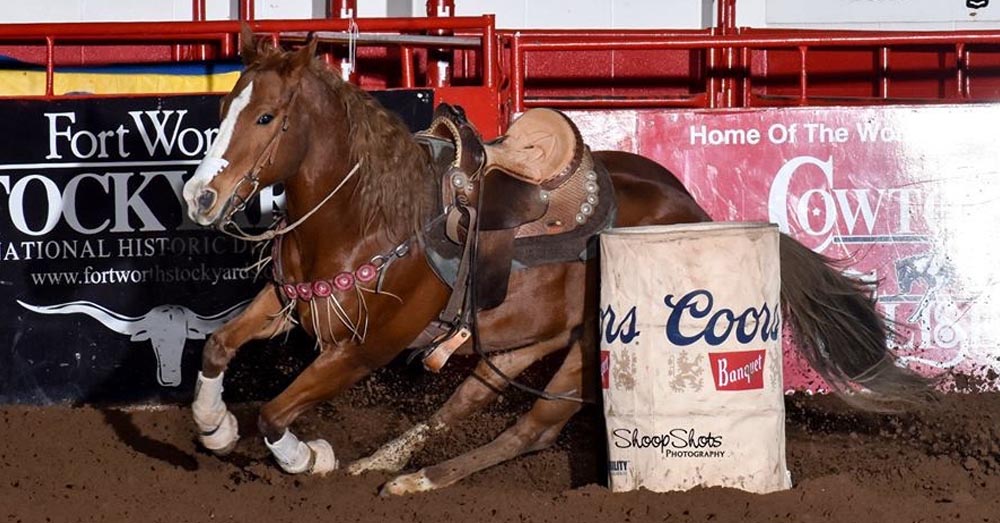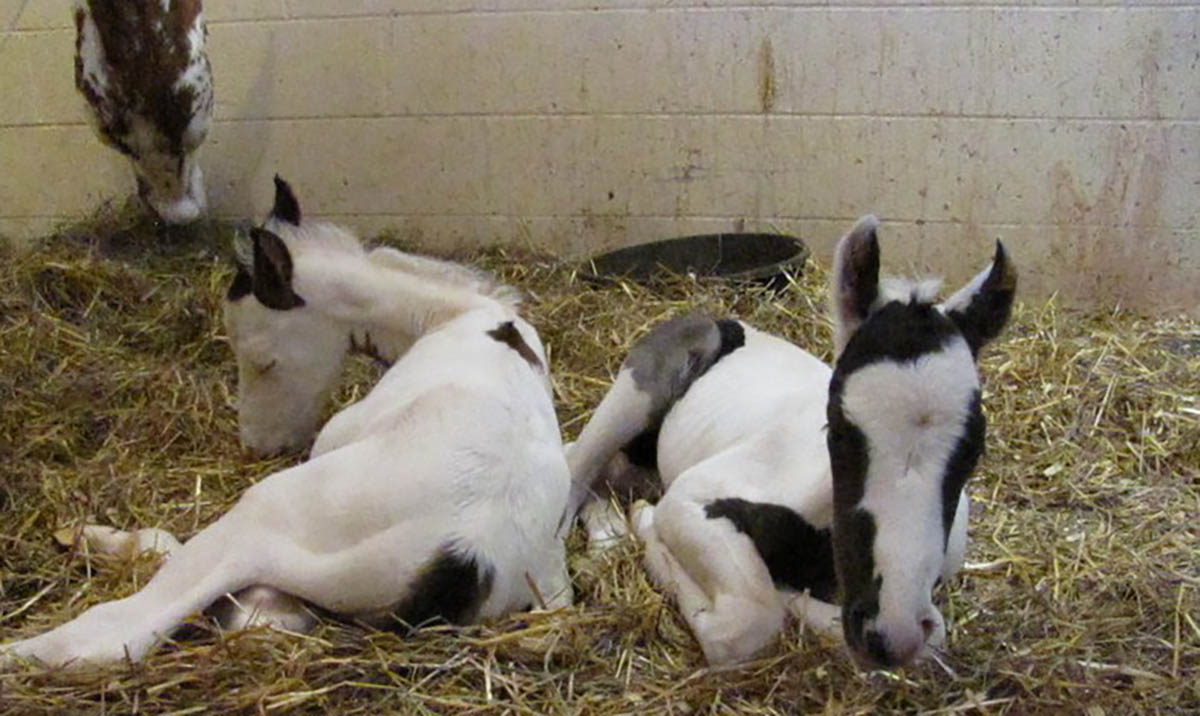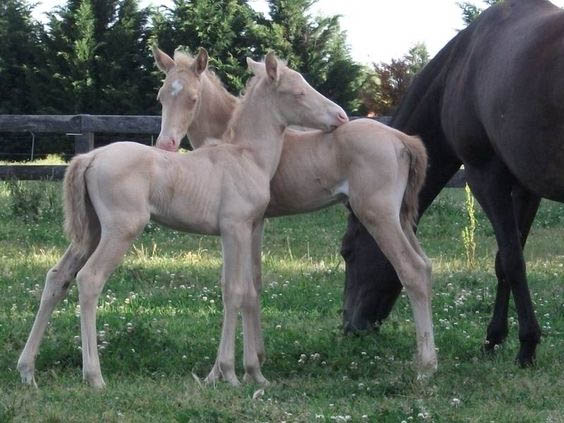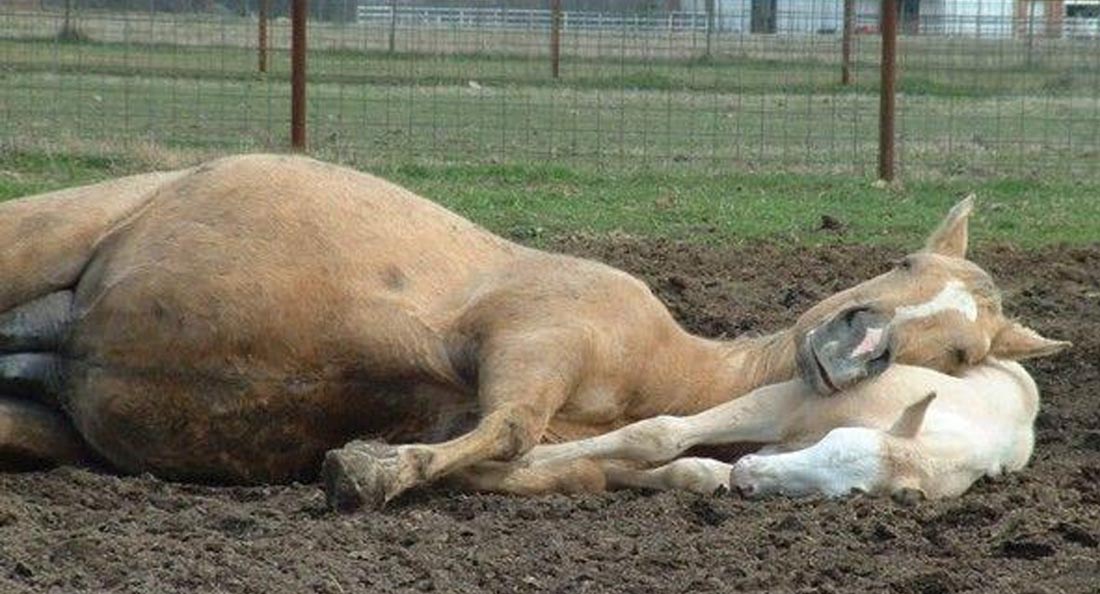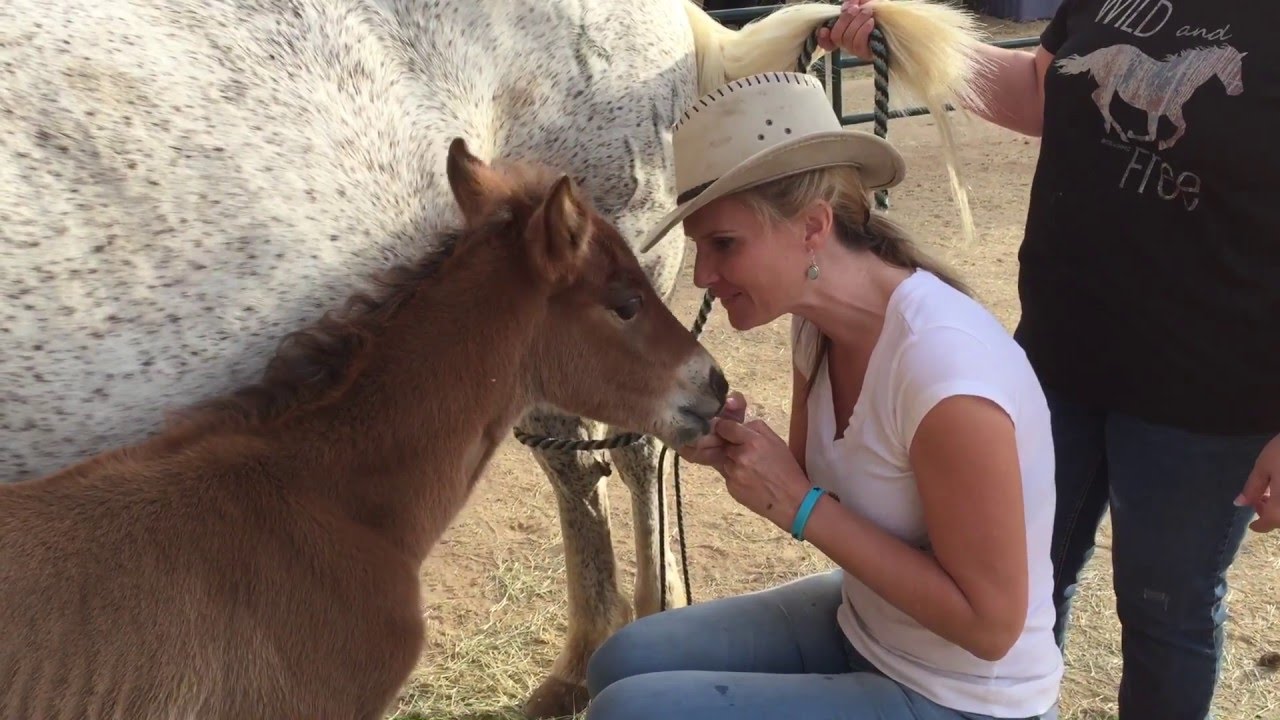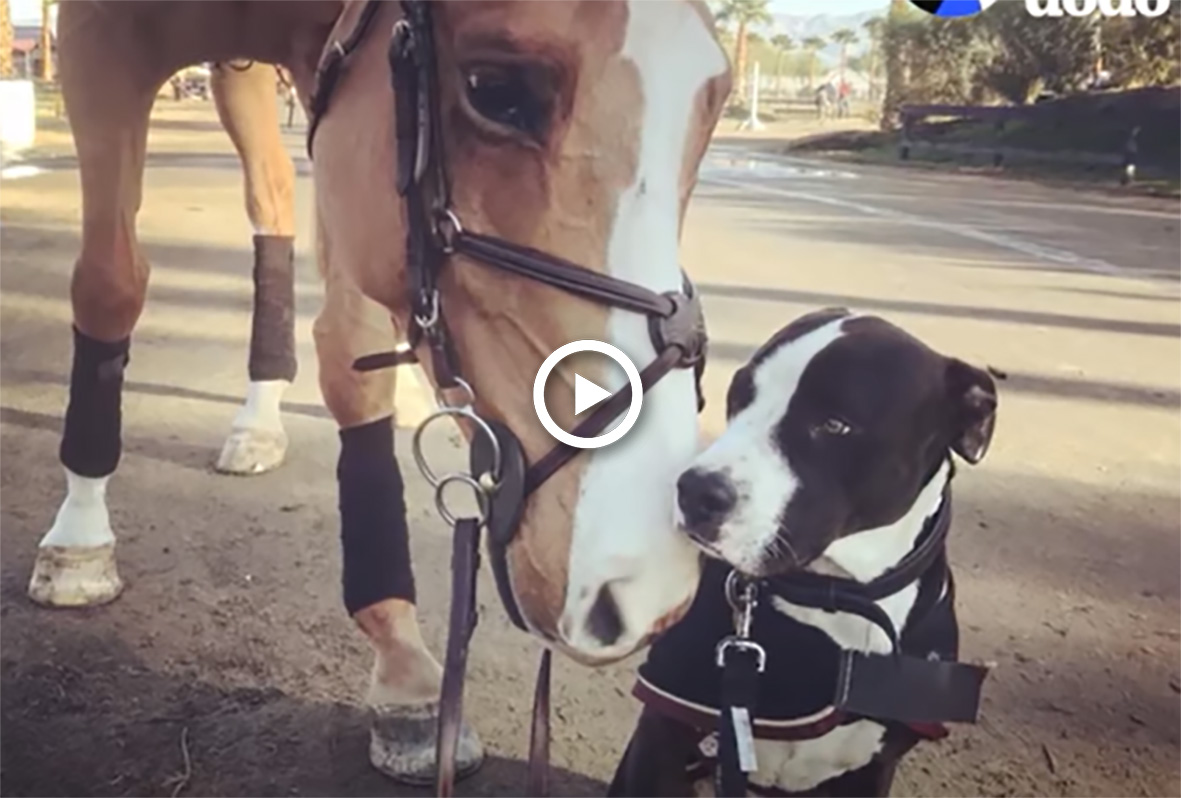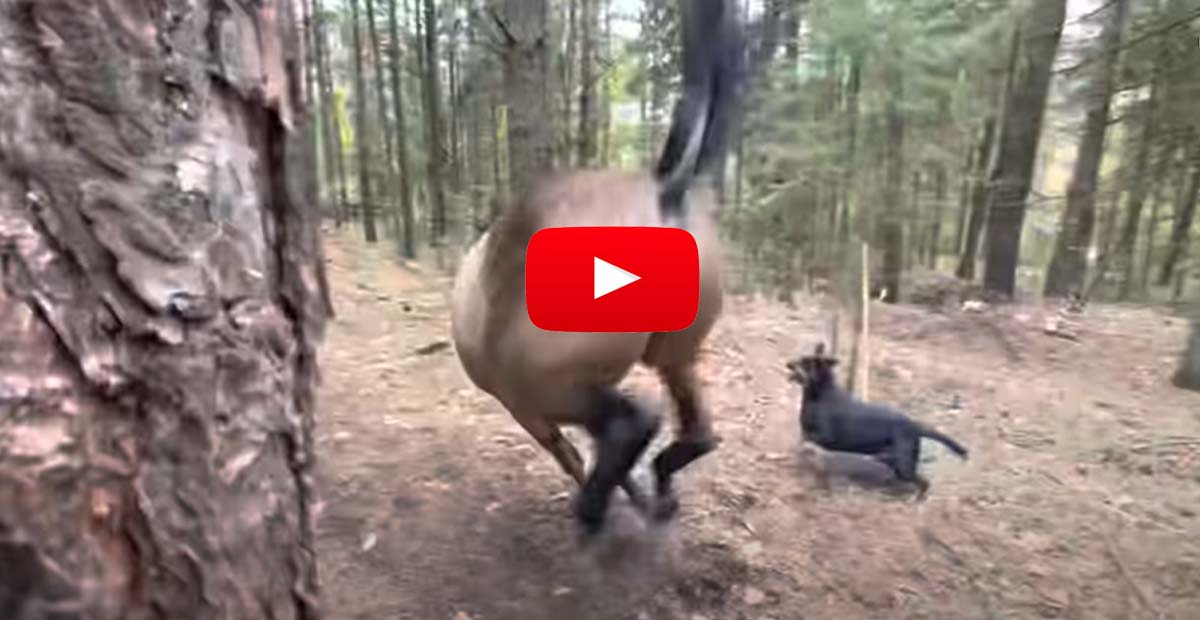Horse Bits
If you want your horse to go where you want to go when you are riding him, then you will need to use one essential piece of equipment, the bit. The bit is basically a metal bar that sits in the horse’s mouth and hooks to the two sidepieces of a bridle. When you tug gently on the reins, the bit applies pressure to the horse’s mouth, so he knows that you want to stop or turn. Of course, there are two distinct bit styles, one for Western riders and one for English riders. Within these styles, there are also different bits, since sometimes a certain bit does not work as well as another one.
No matter which type of bit you decide to buy, you will need to be sure that it fits your horse’s mouth properly. You will need to measure the width of your horse’s mouth at the spot where the bit rests and add a half inch to this measurement to get the proper fit.
Although you could try to stick a measuring tape in his mouth to measure the width, it is easier to put a few different bridles on him and see if any of the bits fit so that there is about a quarter inch of the bit is showing on either side. Once you find a bit that fits properly, you can remove the bridle, measure the bit, and ask your tack shop for a bit with that measurement. Of course, if this all sounds way too complicated, you can simply ask for a five inch bit and there is a pretty good chance it will fit your horse, unless you have a breed like the Percheron or a Miniature.
For most people, whether they prefer English or Western riding, the snaffle bit is the only style that is necessary. The snaffle is the gentlest bit, so is the ideal choice for any horse that does not have a mouth that has been hardened by bad riders. Of course, this also makes the snaffle bit ideal for beginning riders, since they have a tendency to accidentally tug too hard on the reins or pull on them for balance. The standard English snaffle bit is simply two bars of metal linked together to form a bit long enough to fit comfortably in the mouth of your horse, with about a quarter of an inch extending from each side. The Western snaffle bit is actually called a snaffle curb, because another piece of metal extends vertically from the sides of the snaffle on either side.
For horses with bad habits or mouths that have been hardened by heavy handed riders, there are several other options. However, do not purchase one of these bits unless a trainer recommends one for your horse, or you may ruin his mouth. These bits are the standard curb and curb with roller bits for Western riders and the Pelham and Kimberwick bits for English riders.
Of course, since a bit can get pretty messy from a combination of horse saliva and bits of grass, you may also want to buy a spare bit. Although tack should always be cleaned after you care for your horse and return him to his stall, sometimes it gets neglected. A spare bit can sometimes mean the difference between being able to exercise your horse and having to spend the day soaking gunk off of your only bit.
Choosing the correct bit can make a huge difference on the horse rideability, here at stableexpress we can help you find the correct bit for your horse. Helping you buy horse bits online as well as information on the pro`s and cons for the different bits available for you to choose from.
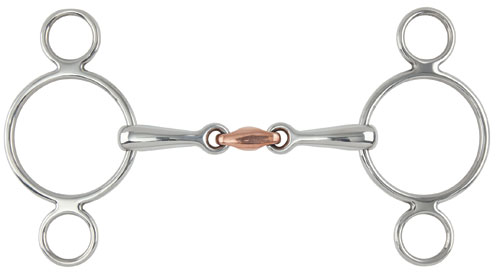

Handmade in Germany
Real craftsmanship
Made of food safe synthetics and stainless steel
High acceptance for perfect interaction of horse and rider
High range of styles for any purpose
Real craftsmanship
Made of food safe synthetics and stainless steel
High acceptance for perfect interaction of horse and rider
High range of styles for any purpose
Double jointed bit similar to a french link but with a smooth lozenge in the middle for a slightly more positive action on the tongue
Can be used in dressage competitions
Sweet iron and copper combination in the horse mouth helps to keep the mouth soft and relaxed
Bit strength fairly mild
Ideal for young or sensitive horses
Apple flavoured
Stainless steel loose ring cheeks
Rippled mouthpiece
What bit size should I use?
In years past, bitting choices were limited. These days there is a bewildering array of shapes and sizes to choose from, and although hiring a bit from a ‘bit bank` to trial how your horse gets on with your choice is a wonderful facility, you need to have some criteria in mind before you order.
Things to take into consideration when choosing a bit type are: How does he accept the bit? If his mouth is quiet, you may choose a loose ring snaffle for a more refined contact; if he is fussy, you might want an eggbutt or a full cheek snaffle for more stability.
The interior size of your horse`s mouth - does he have a low palette, large tongue or generally small mouth? If so, you will need a thinner mouthpiece. Traditionally, we used to consider a fatter mouthpiece to be kinder, but these days studies have shown that the interior volume of a horse`s mouth is smaller than we originally believed, making thinner bits actually more comfortable for many horses, rather than sharper.
Does he have fleshy lips? An eggbutt or cheek snaffle is probably the better option to prevent potential pinching.
How long is his mouth? Some horse`s lips come further up their cheeks than others - a shallow mouth might make a slightly curved mouthpiece a better choice, so the bit doesn`t hang too low inside the mouth and risk him getting his tongue over it.
If he is a gelding (or stallion), where are his tushes situated? Again, a fatter mouthpiece might cause the bit to knock against the tushes and cause discomfort. A thinner mouthpiece with a curved shape might be your best choice.
Obviously, the width of the bit is an important consideration - it should be as wide as his mouth plus a little, to allow it not to pinch the corners or the lips, but not so wide that (assuming it is a jointed bit) when rein contact is applied, the joint/s do not bring the centre of the bit too low inside the mouth, where he might be able to put his tongue over it.
Choosing shape/type of bit
There are so many possibilities these days, it may be worth your while asking the advice of one of the bitting companies, either at a clinic, or by filling in an online questionnaire. Just in terms of snaffles you need to choose:
Straight, jointed, or double jointed, and type of plate/lozenge in the latter.
Straight or curved arms.
Type/size of rings: loose, eggbutt, cheeked (half or full), hanging check, slotted etc.
Bear in mind that if you are riding under dressage rules, not all variations are ‘dressage legal`, so check before you try.
Fitting the bit
Assuming you have chosen a shape and type that is suitable for your individual`s mouth, when you attach it to your bridle it should hang at a height in his mouth so that:
It just wrinkles the corners of his lips, and you do not struggle with sliding the headpiece over his ears when you put the bride on.
Is not so low that it either knocks against his tushes (male horse), or permits him to pull his tongue up and put it over the bit, or, if single jointed, that the joint knocks into the rear of his incisors (front teeth) when a rein contact is applied.
If the width is correct, it should lie just loosely enough within his mouth that you can slide it to one side and see only about one or two centimetre of the mouthpiece showing on the opposite side.
In conclusion
Remember that much scientific research done in recent years has disproven traditional beliefs about bit fitting, and with so many variations of shape and mouthpiece thickness available on today`s market, asking for expert advice is often a good choice. Once you`ve made your choice, fitting the bit to your bridle is a matter of finding a comfortable height that is neither too high (tight when you try to slide the bridle over the ears), or too low where it might cause tongue or teeth issues.
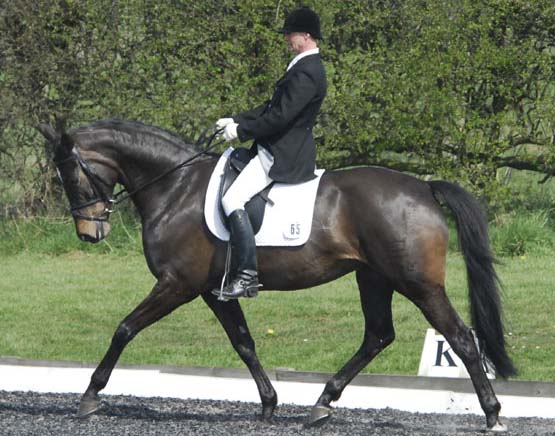
No matter which type of bit you decide to buy, you will need to be sure that it fits your horse’s mouth properly. You will need to measure the width of your horse’s mouth at the spot where the bit rests and add a half inch to this measurement to get the proper fit.
Although you could try to stick a measuring tape in his mouth to measure the width, it is easier to put a few different bridles on him and see if any of the bits fit so that there is about a quarter inch of the bit is showing on either side. Once you find a bit that fits properly, you can remove the bridle, measure the bit, and ask your tack shop for a bit with that measurement. Of course, if this all sounds way too complicated, you can simply ask for a five inch bit and there is a pretty good chance it will fit your horse, unless you have a breed like the Percheron or a Miniature.
For most people, whether they prefer English or Western riding, the snaffle bit is the only style that is necessary. The snaffle is the gentlest bit, so is the ideal choice for any horse that does not have a mouth that has been hardened by bad riders. Of course, this also makes the snaffle bit ideal for beginning riders, since they have a tendency to accidentally tug too hard on the reins or pull on them for balance. The standard English snaffle bit is simply two bars of metal linked together to form a bit long enough to fit comfortably in the mouth of your horse, with about a quarter of an inch extending from each side. The Western snaffle bit is actually called a snaffle curb, because another piece of metal extends vertically from the sides of the snaffle on either side.
For horses with bad habits or mouths that have been hardened by heavy handed riders, there are several other options. However, do not purchase one of these bits unless a trainer recommends one for your horse, or you may ruin his mouth. These bits are the standard curb and curb with roller bits for Western riders and the Pelham and Kimberwick bits for English riders.
Of course, since a bit can get pretty messy from a combination of horse saliva and bits of grass, you may also want to buy a spare bit. Although tack should always be cleaned after you care for your horse and return him to his stall, sometimes it gets neglected. A spare bit can sometimes mean the difference between being able to exercise your horse and having to spend the day soaking gunk off of your only bit.
Choosing the correct bit can make a huge difference on the horse rideability, here at stableexpress we can help you find the correct bit for your horse. Helping you buy horse bits online as well as information on the pro`s and cons for the different bits available for you to choose from.

Equestrian Loose Ring Horse Bit Snaffle Iron 5 inch Silver
Loose ring iron snaffle, ideal for horse with good / soft mouthsIron Copper Tom Thumb
Quality Horse Bits At Great Prices, Shires Sweet Iron Copper Tom Thumb
French Link Loose Ring Bradoon 5 Inch Horse Bit
Quality Horse Bits At Great Prices, Shires Loose Ring French LinkFulmer Snaffles
Shires Equestrian - Fulmer Snaffle - S/steel - Size: 5Kimblewick Butterfly Bit
Kimblewick Butterfly Bit, 140 mm, HardHandmade in Germany
Real craftsmanship
Made of food safe synthetics and stainless steel
High acceptance for perfect interaction of horse and rider
High range of styles for any purpose
Myler Equestrian Horse Bit 89-26065 - Pelham Low Port Mullen 5
Curved mouthpiece with upward curve and jointed barrel in center. Low Port Mullen Barrel2 Ring Gag with Copper Lozenge
Shires 2 Ring Gag with Copper LozengeCottage Craft Rubber Full Cheek
Fixed cheek, Stainless steel shanks, Rubber mouth pieceDressage Weymouth Bit, Butterflybar
Handmade in GermanyReal craftsmanship
Made of food safe synthetics and stainless steel
High acceptance for perfect interaction of horse and rider
High range of styles for any purpose
Loose Ring With Roller Link
Blue alloy loose ring with roller link Stainless Steel Blue Sweet Iron Piece, The loose ring cheek has greater movement than a fixed cheek allowing it to follow the angle of the tongue which can discourage fixing and leaning. The loose brass alloy discs in the centre can help to soothe a fussy tongued horse.Waterford Baucher Horse Bit
Hanging cheek waterford baucher horse bit stainless steel and German silver bit Amidale sports 5.00 InchesCopper Lozenge Sweet Iron Snaffle
Copper lozenge sweet iron snaffle featuresDouble jointed bit similar to a french link but with a smooth lozenge in the middle for a slightly more positive action on the tongue
Can be used in dressage competitions
Sweet iron and copper combination in the horse mouth helps to keep the mouth soft and relaxed
Bit strength fairly mild
Shires Equikind Mullen Mouth Eggbutt Snaffle
Light and flexibleIdeal for young or sensitive horses
Apple flavoured
Stainless steel loose ring cheeks
Rippled mouthpiece
Coronet Liverpool Snaffle Driving Bit
Coronet Bits are made of the finest metals and materials and are held to the highest standards of quality control. Every piece is polished and inspected before leaving the factory. Close attention is paid to detail to make sure that all items will pass the criteria for breed and disciple regulations where appropriate. All our bits are high quality German or Stainless Steel.How to correctly fit a bit (standard snaffle/loose ring)
When did you last check the fit of your horse`s snaffle bit? When you purchased a new bit, did you check first that the bit rings were identical in size to your old bit, or did you just put it on your bridle using the same settings? Are you certain that the bit you are using actually fits your horse`s mouth? Read on to see what checks you need to make to be certain your bit is correctly fitted to your horse`s mouth.What bit size should I use?
In years past, bitting choices were limited. These days there is a bewildering array of shapes and sizes to choose from, and although hiring a bit from a ‘bit bank` to trial how your horse gets on with your choice is a wonderful facility, you need to have some criteria in mind before you order.
Things to take into consideration when choosing a bit type are: How does he accept the bit? If his mouth is quiet, you may choose a loose ring snaffle for a more refined contact; if he is fussy, you might want an eggbutt or a full cheek snaffle for more stability.
The interior size of your horse`s mouth - does he have a low palette, large tongue or generally small mouth? If so, you will need a thinner mouthpiece. Traditionally, we used to consider a fatter mouthpiece to be kinder, but these days studies have shown that the interior volume of a horse`s mouth is smaller than we originally believed, making thinner bits actually more comfortable for many horses, rather than sharper.
Does he have fleshy lips? An eggbutt or cheek snaffle is probably the better option to prevent potential pinching.
How long is his mouth? Some horse`s lips come further up their cheeks than others - a shallow mouth might make a slightly curved mouthpiece a better choice, so the bit doesn`t hang too low inside the mouth and risk him getting his tongue over it.
If he is a gelding (or stallion), where are his tushes situated? Again, a fatter mouthpiece might cause the bit to knock against the tushes and cause discomfort. A thinner mouthpiece with a curved shape might be your best choice.
Obviously, the width of the bit is an important consideration - it should be as wide as his mouth plus a little, to allow it not to pinch the corners or the lips, but not so wide that (assuming it is a jointed bit) when rein contact is applied, the joint/s do not bring the centre of the bit too low inside the mouth, where he might be able to put his tongue over it.
Choosing shape/type of bit
There are so many possibilities these days, it may be worth your while asking the advice of one of the bitting companies, either at a clinic, or by filling in an online questionnaire. Just in terms of snaffles you need to choose:
Straight, jointed, or double jointed, and type of plate/lozenge in the latter.
Straight or curved arms.
Type/size of rings: loose, eggbutt, cheeked (half or full), hanging check, slotted etc.
Bear in mind that if you are riding under dressage rules, not all variations are ‘dressage legal`, so check before you try.
Fitting the bit
Assuming you have chosen a shape and type that is suitable for your individual`s mouth, when you attach it to your bridle it should hang at a height in his mouth so that:
It just wrinkles the corners of his lips, and you do not struggle with sliding the headpiece over his ears when you put the bride on.
Is not so low that it either knocks against his tushes (male horse), or permits him to pull his tongue up and put it over the bit, or, if single jointed, that the joint knocks into the rear of his incisors (front teeth) when a rein contact is applied.
If the width is correct, it should lie just loosely enough within his mouth that you can slide it to one side and see only about one or two centimetre of the mouthpiece showing on the opposite side.
In conclusion
Remember that much scientific research done in recent years has disproven traditional beliefs about bit fitting, and with so many variations of shape and mouthpiece thickness available on today`s market, asking for expert advice is often a good choice. Once you`ve made your choice, fitting the bit to your bridle is a matter of finding a comfortable height that is neither too high (tight when you try to slide the bridle over the ears), or too low where it might cause tongue or teeth issues.



